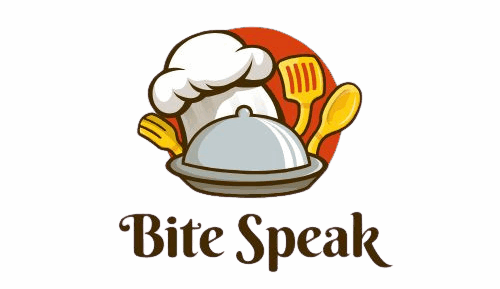15 Popular Sweeteners Ranked From Worst To Best
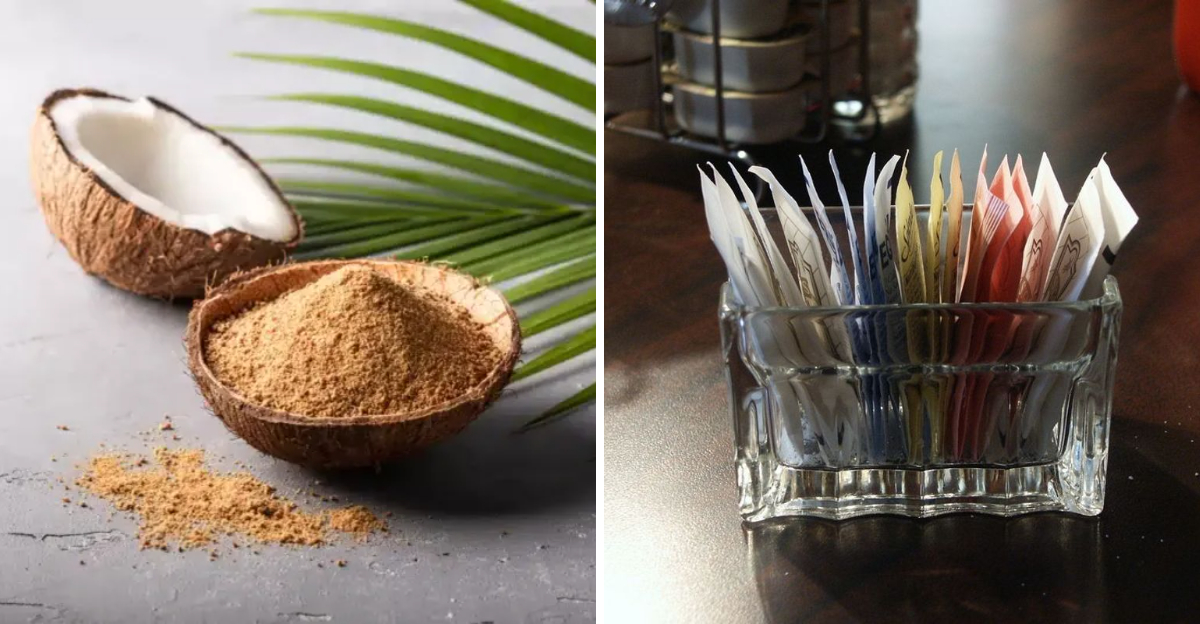
Explore the world of sweeteners in this comprehensive ranking. From high-fructose corn syrup to maple sugar, we evaluate their health impacts, taste, and popularity. This guide will help you make informed choices about the sweeteners you use every day.
1. High-Fructose Corn Syrup (HFCS)

High-Fructose Corn Syrup (HFCS) dominates many processed foods. Despite its sweet allure, it’s highly processed and linked to various metabolic issues. Studies suggest it’s a key player in the obesity epidemic due to its easy conversion to fat in the liver. While offering sweetness, it lacks nutritional value. HFCS is often hidden in plain sight, making it challenging for consumers to avoid. Its presence in sodas and snacks raises health concerns, prompting many to seek alternatives. As awareness grows, more people scrutinize labels to reduce HFCS consumption. This ubiquitous sweetener stays controversial as health trends shift.
2. Aspartame
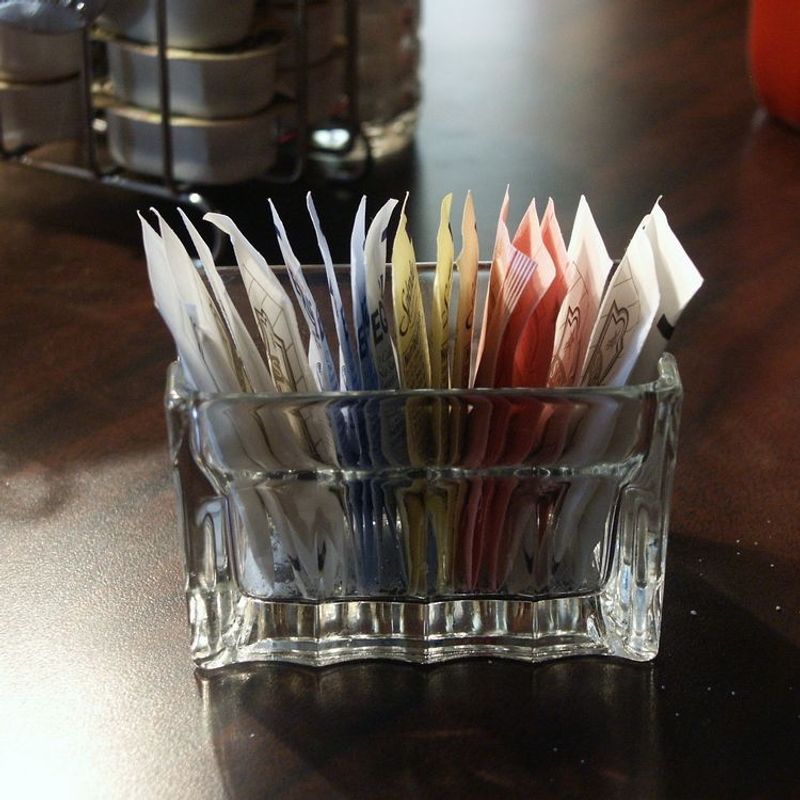
Aspartame, a zero-calorie sweetener, often polarizes opinion. Some praise its calorie-free nature, making it a staple in diet sodas and sugar-free products. However, controversy surrounds it. Reports of headaches and sensitivity arise, and its aftertaste is strong and artificial. Regulatory bodies deem it safe, but skeptics remain. Its widespread use doesn’t deter caution from some health-conscious individuals. Aspartame’s role in the diet industry is significant, yet its reputation is mixed. While it offers a sugar alternative, its synthetic nature prompts ongoing debate. The conversation around aspartame continues to evolve as research emerges.
3. Saccharin
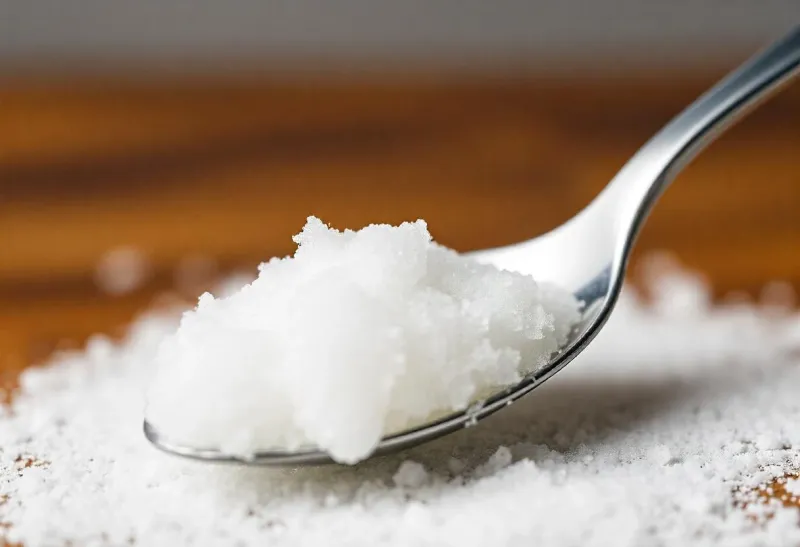
Saccharin, once a revolutionary sugar substitute, now seems overshadowed by newer options. Known for its intense sweetness, it’s historically significant but carries a bitter metallic aftertaste. Its journey from the early 20th century to now is marked by changing consumer preferences. While low in calories, concerns over its safety lingered for years, though it’s deemed safe today. Saccharin’s fall from favor highlights the evolving landscape of sweeteners. Despite its decline, some still embrace it for nostalgia and its unique attributes. Its legacy as an old-school sweetener endures amidst modern alternatives.
4. Sucralose (Splenda)
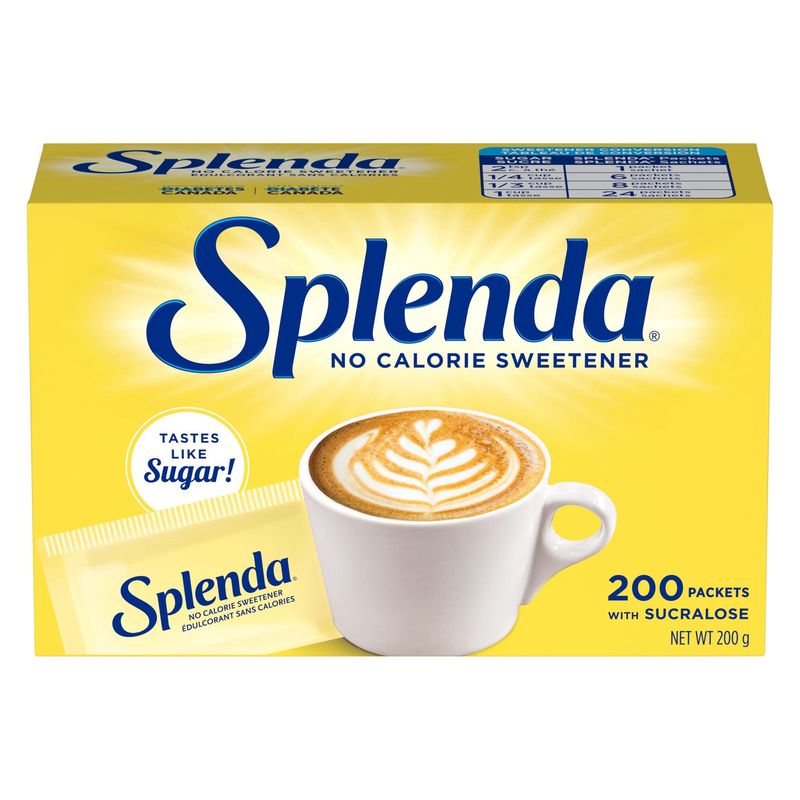
Sucralose, marketed as Splenda, is a popular calorie-free option found in diet foods and beverages. Known for maintaining sweetness in baked goods, it’s a favorite among sugar-conscious bakers. However, some studies suggest it may disrupt gut bacteria, raising health concerns. In hot drinks, its flavor can turn chemical-like, affecting the overall experience. Despite these issues, its zero-calorie allure remains attractive. The debate over its effects on gut health continues, prompting individuals to weigh its benefits against potential risks. Sucralose’s role in the sugar substitute market is substantial, balancing taste with controversy.
5. Agave Syrup
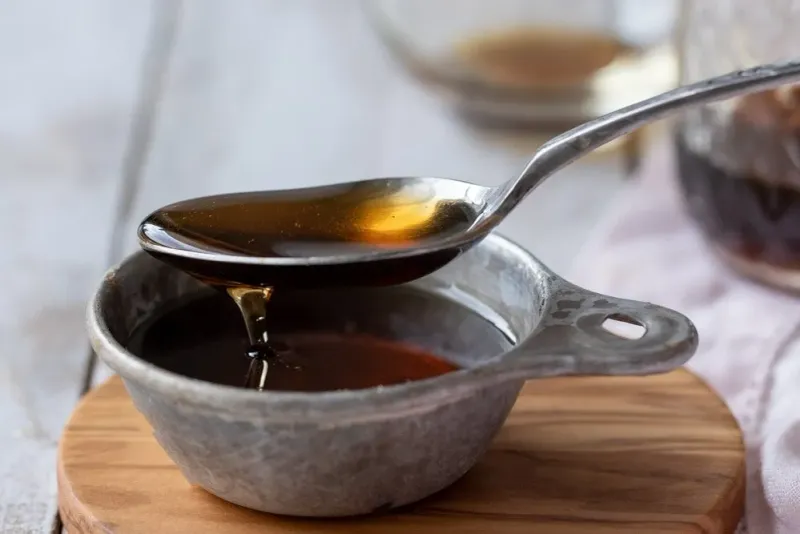
Agave syrup, often marketed as a healthful alternative, is a sweetener rich in fructose. Its smooth texture and natural origin appeal to many. Yet, its primarily fructose composition poses challenges, potentially affecting liver health. While it imparts a unique taste to culinary creations, moderation is crucial. Agave’s journey from health food stores to mainstream kitchens reflects changing perceptions of natural sweeteners. Despite its health halo, it’s crucial to recognize its sugar content. Consumers appreciate its sweetness but must balance it with its fructose reality. As with any sugar, mindful consumption remains key for well-being.
6. Brown Sugar
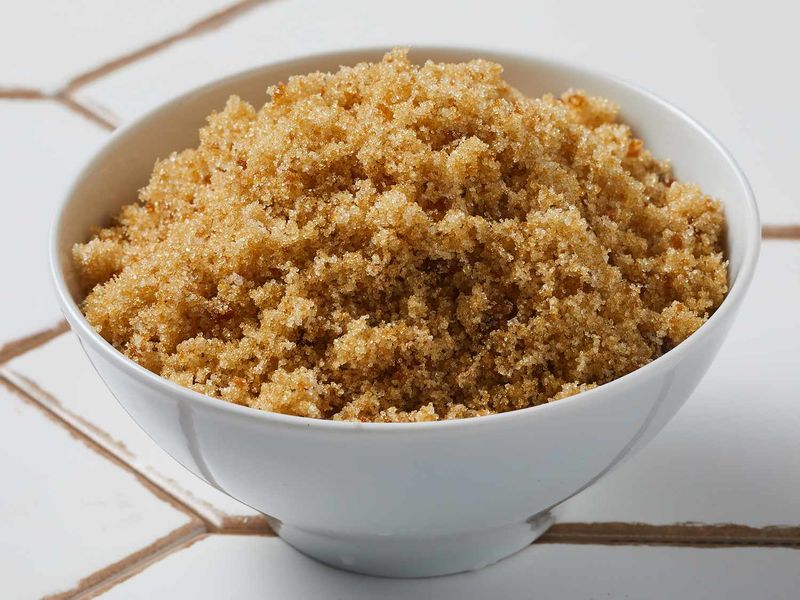
Brown sugar, a staple in baking, adds depth and richness to recipes. Derived from adding molasses to white sugar, its moist texture and caramel notes enhance culinary creations. Despite its flavorful character, it’s nutritionally similar to white sugar, affecting blood sugar levels. In cookies and cakes, brown sugar locks in moisture, creating a tender crumb. Its appeal lies in its ability to elevate baked goods, yet moderation is essential. While not the healthiest choice, its familiarity and warmth make it a favorite. In kitchens worldwide, brown sugar’s role remains strong, bridging tradition and taste.
7. Coconut Sugar
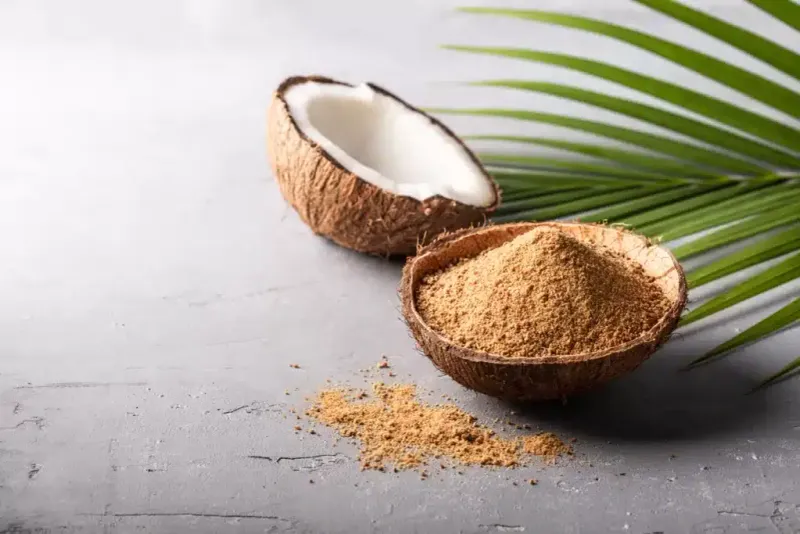
Coconut sugar, harvested from coconut palm sap, brings a touch of the tropics to kitchens. It’s praised for a lower glycemic index than traditional sugar, making it appealing to health enthusiasts. Its mild caramel taste complements coffees and baked goods alike. However, despite its natural allure, it’s still sugar and impacts blood glucose. Its popularity reflects a desire for more natural options in sweetening. Coconut sugar’s exotic origin and flavor offer a distinct alternative, yet like all sugars, it requires mindful use. Its role in modern diets underscores a balance between taste and health.
8. Raw Honey
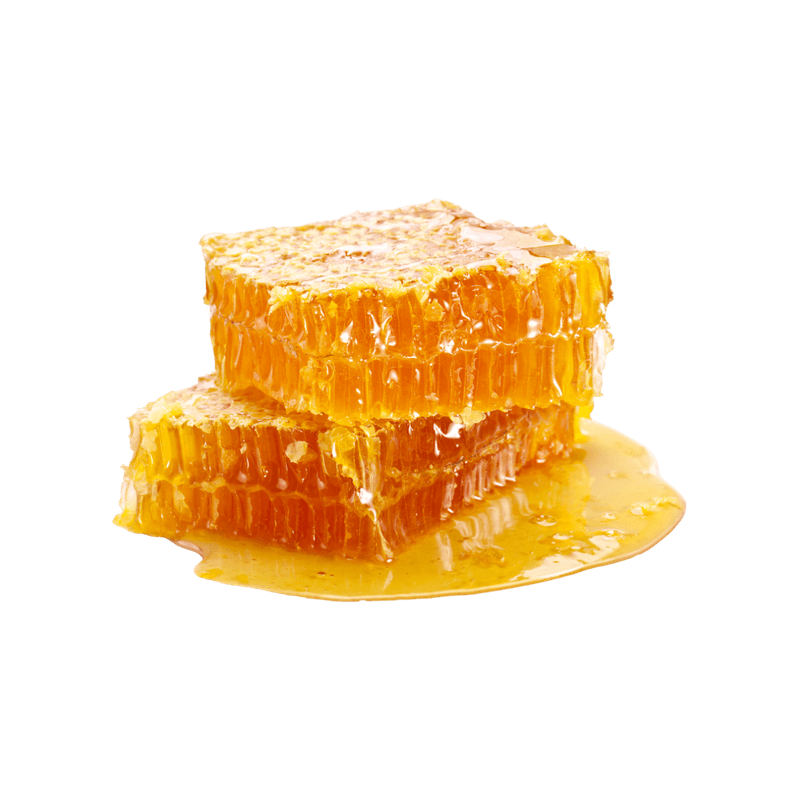
Raw honey, nature’s sweet gift, is beloved for its rich flavor and health benefits. Packed with antioxidants, it offers more than just sweetness. Its soothing properties make it a go-to for teas and baking. However, it’s still high in calories, urging moderation. Raw honey’s appeal extends beyond taste; it’s seen as a natural remedy for sore throats and skin care. Despite its benefits, its sugar content can’t be ignored. In the quest for healthier options, raw honey stands out for its multifaceted nature. Its presence in households highlights a blend of tradition and wellness.
9. Maple Syrup
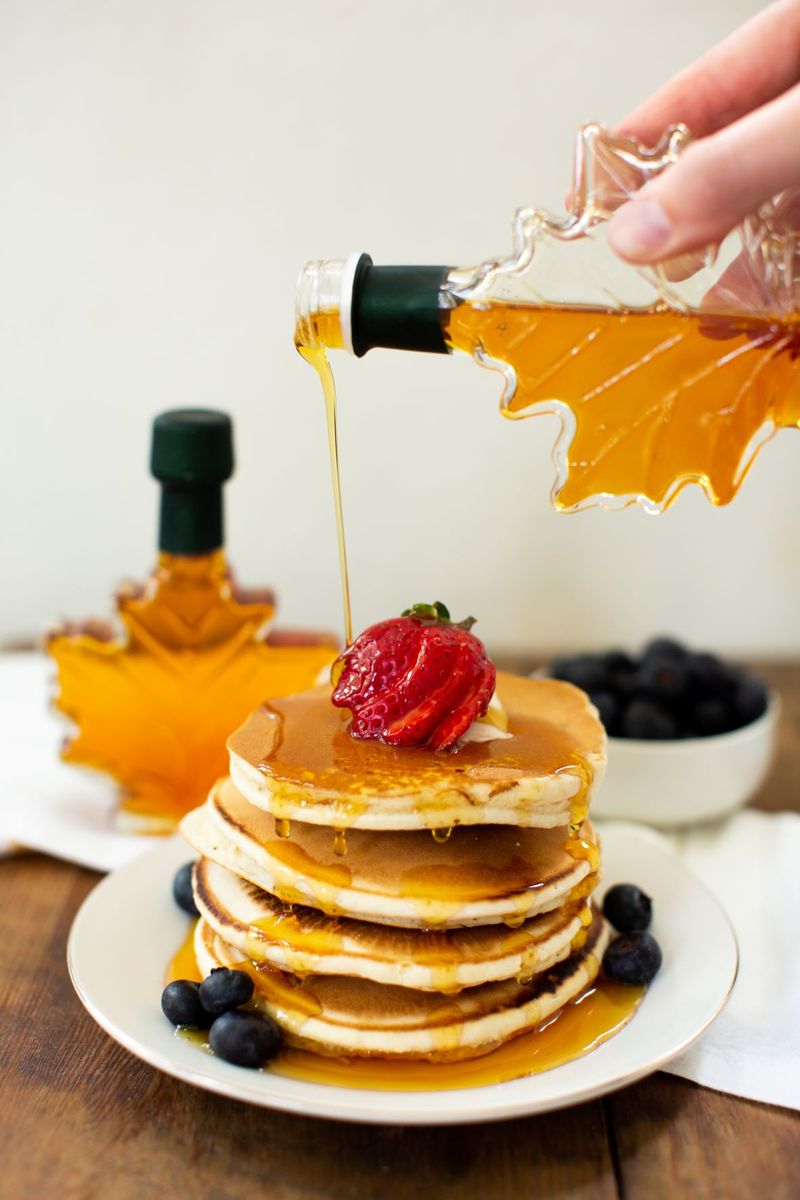
Maple syrup, a classic favorite, brings a taste of the forest to breakfast tables. Extracted from maple tree sap, it contains minerals like zinc and manganese. Its natural sweetness and rich flavor elevate pancakes and waffles, making it a breakfast staple. However, its caloric content suggests moderation. The allure of maple syrup lies in its authenticity and depth of flavor. Despite being a sugar source, its trace minerals offer slight nutritional benefits. The balance of taste and health concerns makes it a cherished yet carefully consumed choice. Maple syrup’s legacy endures, rooted in natural goodness.
10. Monk Fruit Sweetener
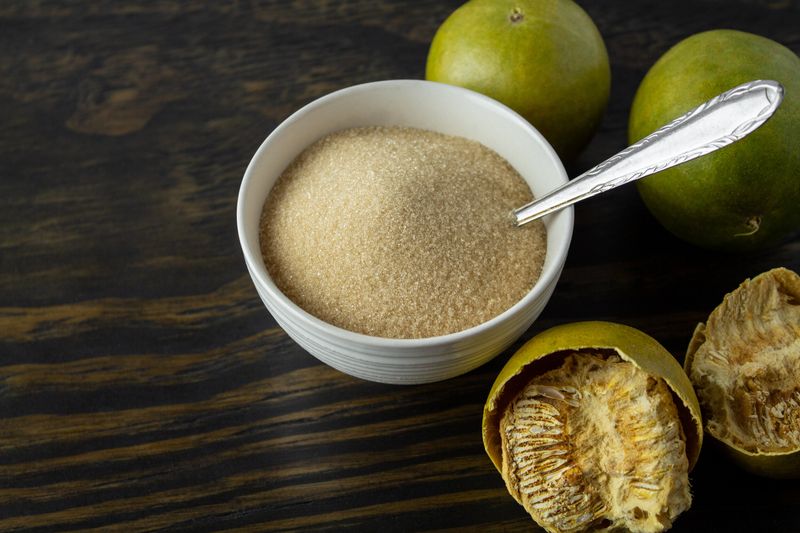
Monk fruit sweetener, derived from the monk fruit, offers a zero-calorie sweetness that’s both natural and appealing. Popular in keto circles, it provides sweetness without the aftertaste associated with some substitutes. Its rise in usage reflects a growing interest in healthier sugar alternatives. Monk fruit sweetener’s role in the diet revolution is marked by its unique origin and benefits. With no impact on blood sugar, it suits those mindful of glucose levels. Its acceptance in health-conscious communities underscores its effectiveness. The blend of taste and health benefits makes it a standout choice in modern sweetening.
11. Allulose
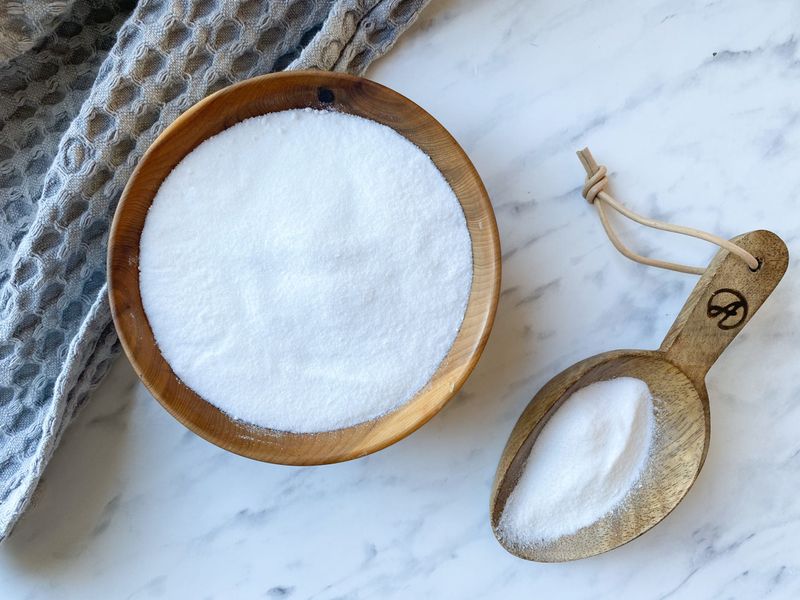
Allulose, a naturally occurring sugar found in figs and raisins, is gaining attention for its low-calorie benefits. Unlike regular sugar, it doesn’t spike blood sugar levels, making it ideal for those monitoring their intake. Its use in baking is praised, offering the sweetness of sugar without the calories. However, its price can be a deterrent for some. Allulose’s emergence in the sweetener market reflects a shift towards healthier options. Its unique properties make it a favorite for those seeking to enjoy sweets with fewer repercussions. Despite being less known, its potential is significant.
12. Erythritol
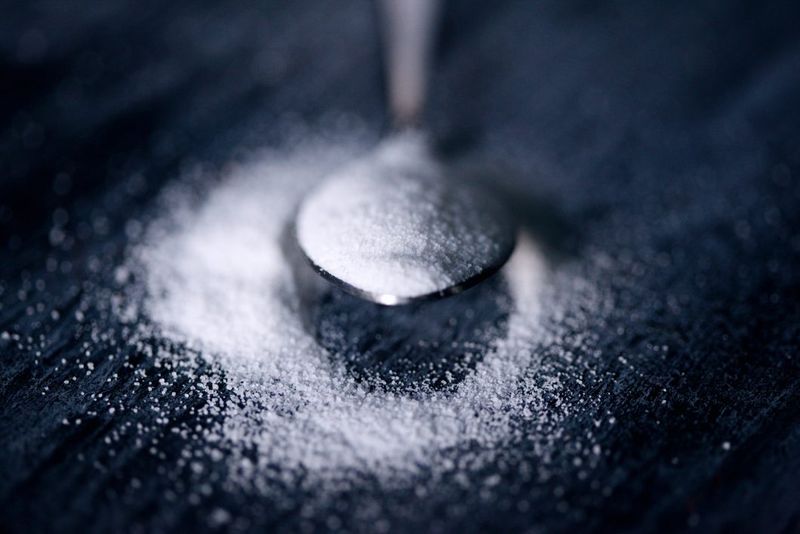
Erythritol, a sugar alcohol, mimics the taste and texture of sugar with minimal calories. Its popularity rises due to its negligible effect on blood sugar, making it diabetic-friendly. Unlike some sugar alcohols, erythritol is well-tolerated with fewer digestive issues. Its role in sugar-free products is expanding, appealing to health-conscious consumers. However, in large amounts, it may still cause mild stomach discomfort. Its presence in the market signals a demand for natural-feeling sweeteners. Erythritol’s ability to provide sweetness without compromising health is appealing, positioning it as a versatile choice in the quest for sugar alternatives.
13. Stevia
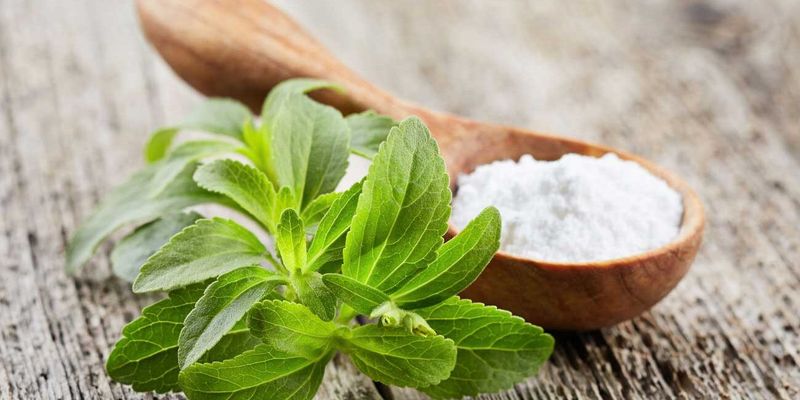
Stevia, a plant-derived sweetener, is celebrated for its zero-calorie profile and natural origins. Extracted from the leaves of the Stevia plant, it offers intense sweetness, often requiring careful measurement to avoid bitterness. Its popularity reflects a shift towards plant-based, calorie-free options. Stevia’s acceptance is widespread, featured in beverages and desserts alike. Its impact on blood sugar is minimal, attracting those seeking healthier alternatives. However, its super sweetness can be overpowering for some. Stevia’s role in modern diets underscores a preference for natural solutions in sweetening without compromising taste.
14. Date Syrup (or Puréed Dates)
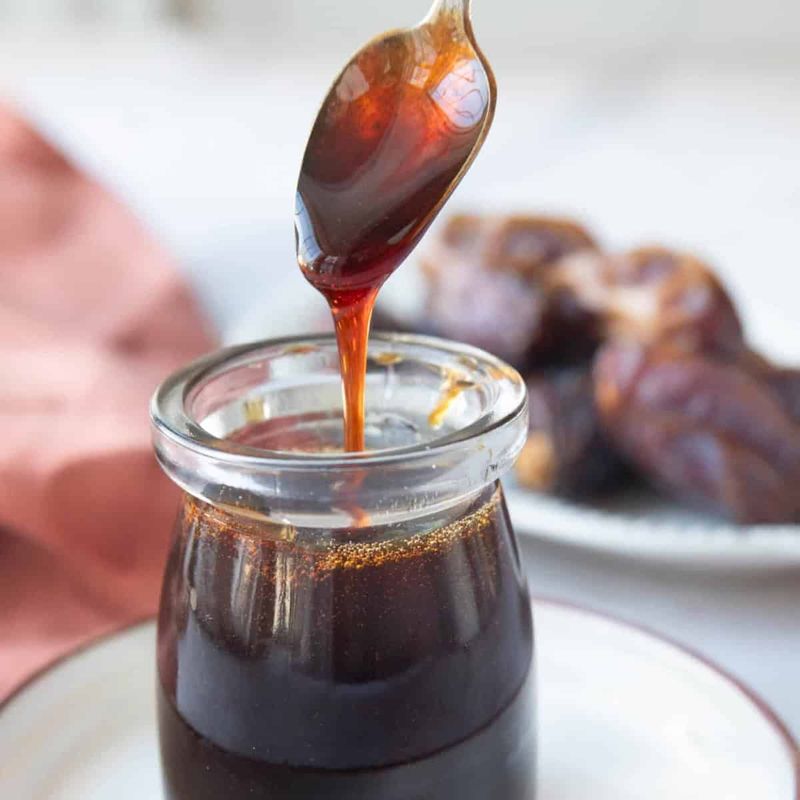
Date syrup, made from pureed dates, offers a wealth of sweetness and nutrition. Rich in fiber and potassium, it’s a favorite for adding depth to smoothies and baked goods. The natural sugars provide a gentle sweetness, making it a preferred choice for those reducing refined sugar. Its presence in energy bites and health bars is growing, driven by its wholesome profile. Date syrup’s ability to blend nutrition and flavor is compelling, presenting a delicious alternative in kitchens. Its contribution to maintaining natural sweetness while supporting well-being marks its significance in the sweetener landscape.
15. Maple Sugar (Crystallized)
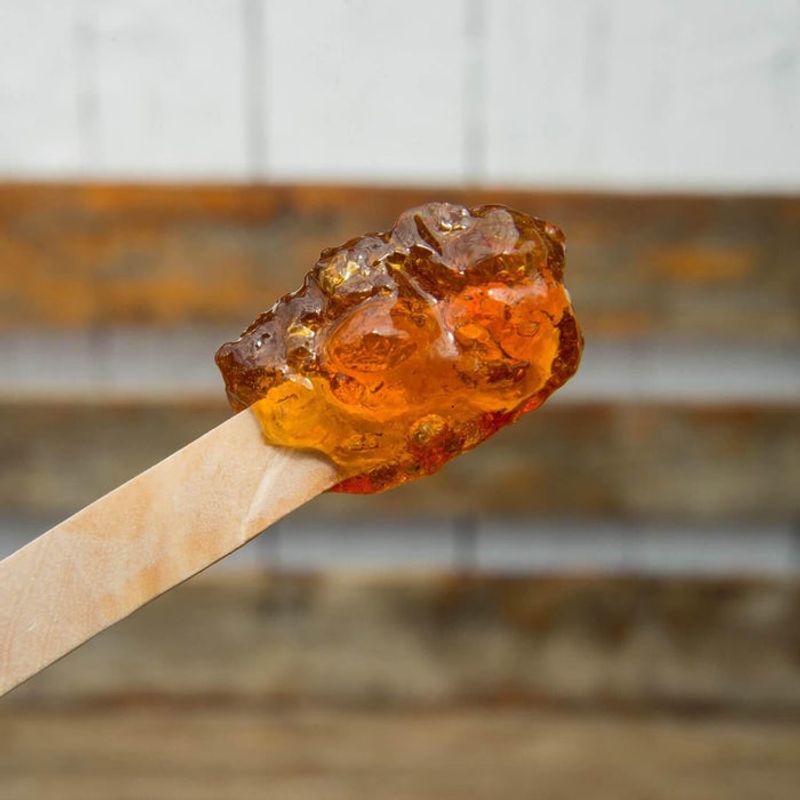
Maple sugar, the crystallized form of pure maple syrup, stands out for its rich flavor and minimal processing. Unlike white sugar, it retains the essence of maple, offering both taste and a touch of minerals. Its use in baking and cooking is cherished, adding depth without overwhelming sweetness. The process of dehydrating maple syrup to create sugar highlights a dedication to preserving natural sweetness. Maple sugar’s ranking high on taste and functionality makes it a beloved choice. Its role in providing authentic flavor while being less processed sets it apart in the realm of sweeteners.
